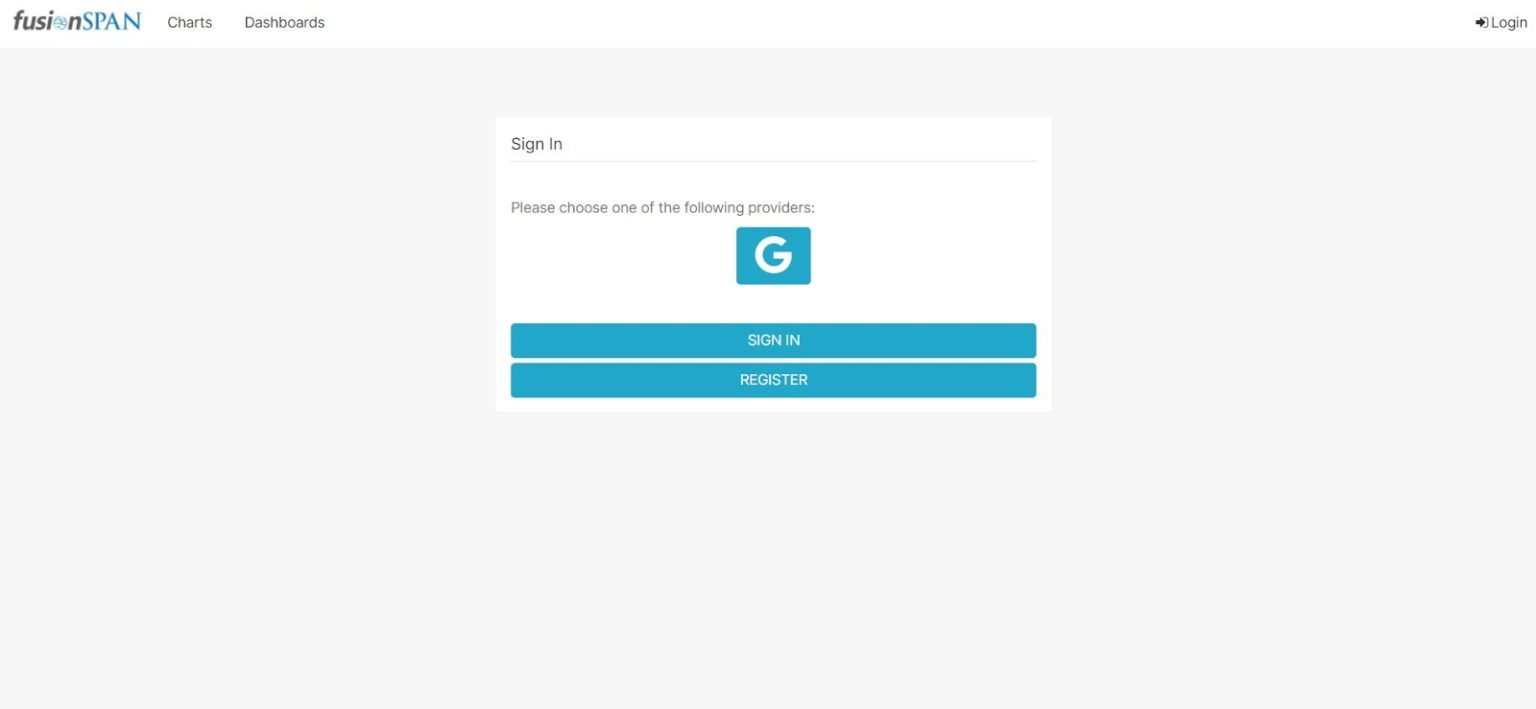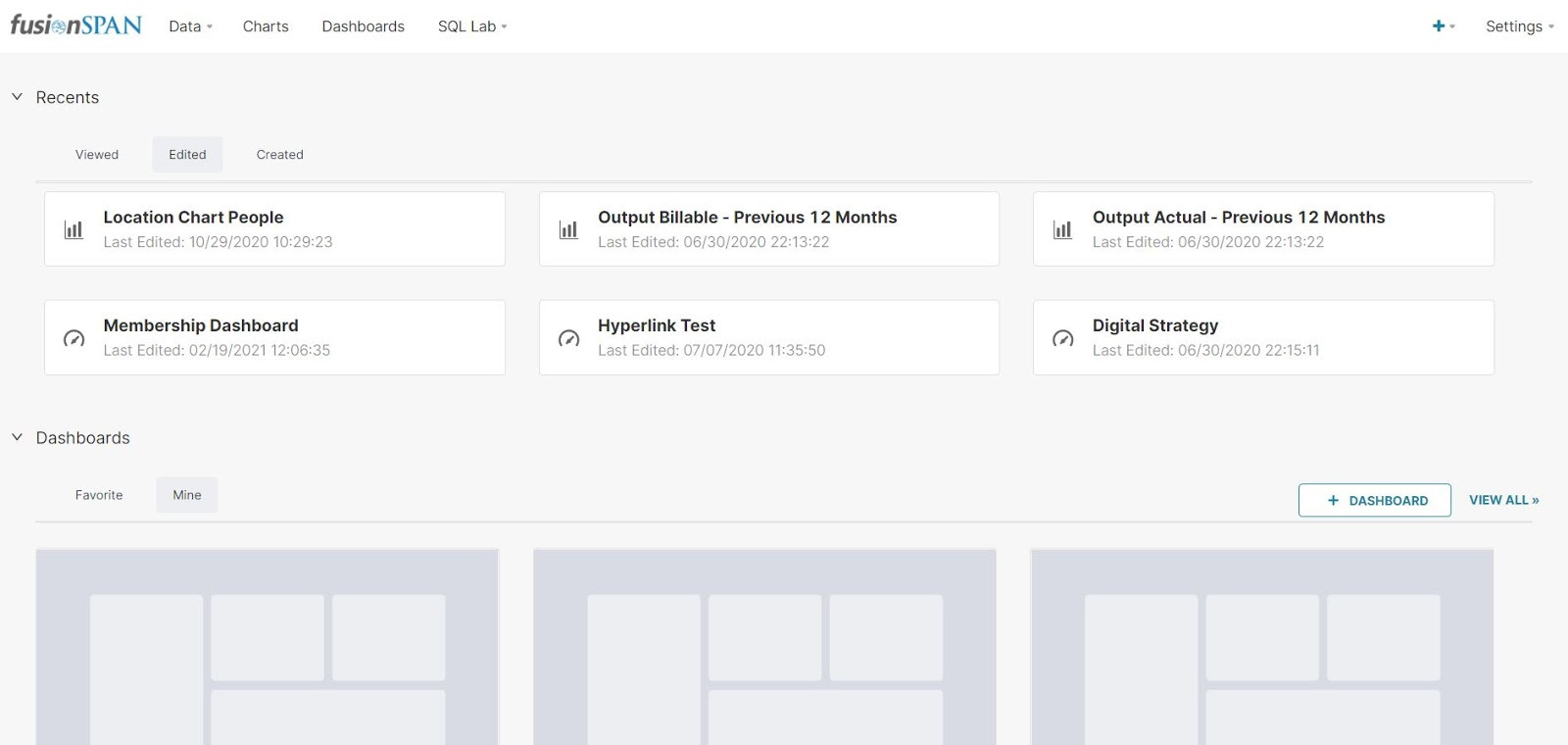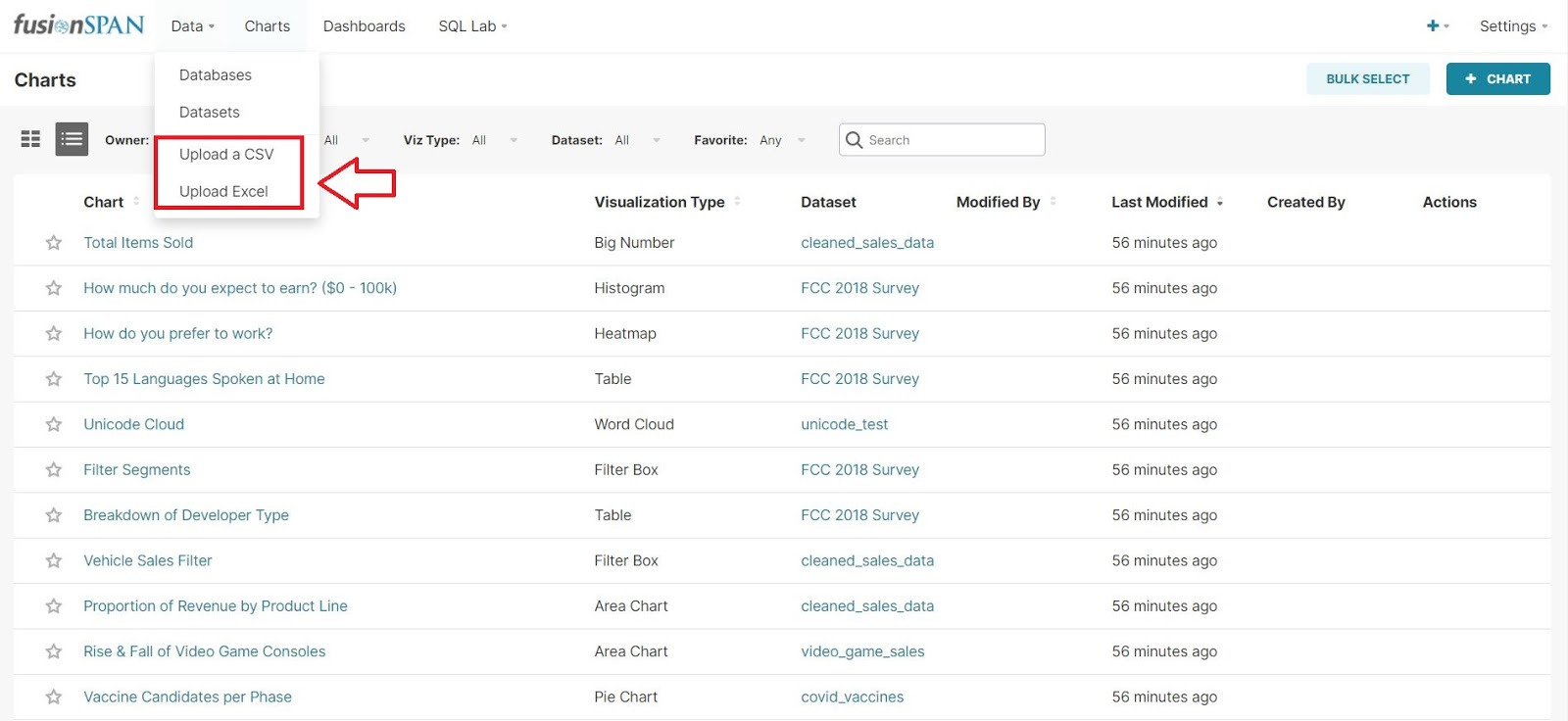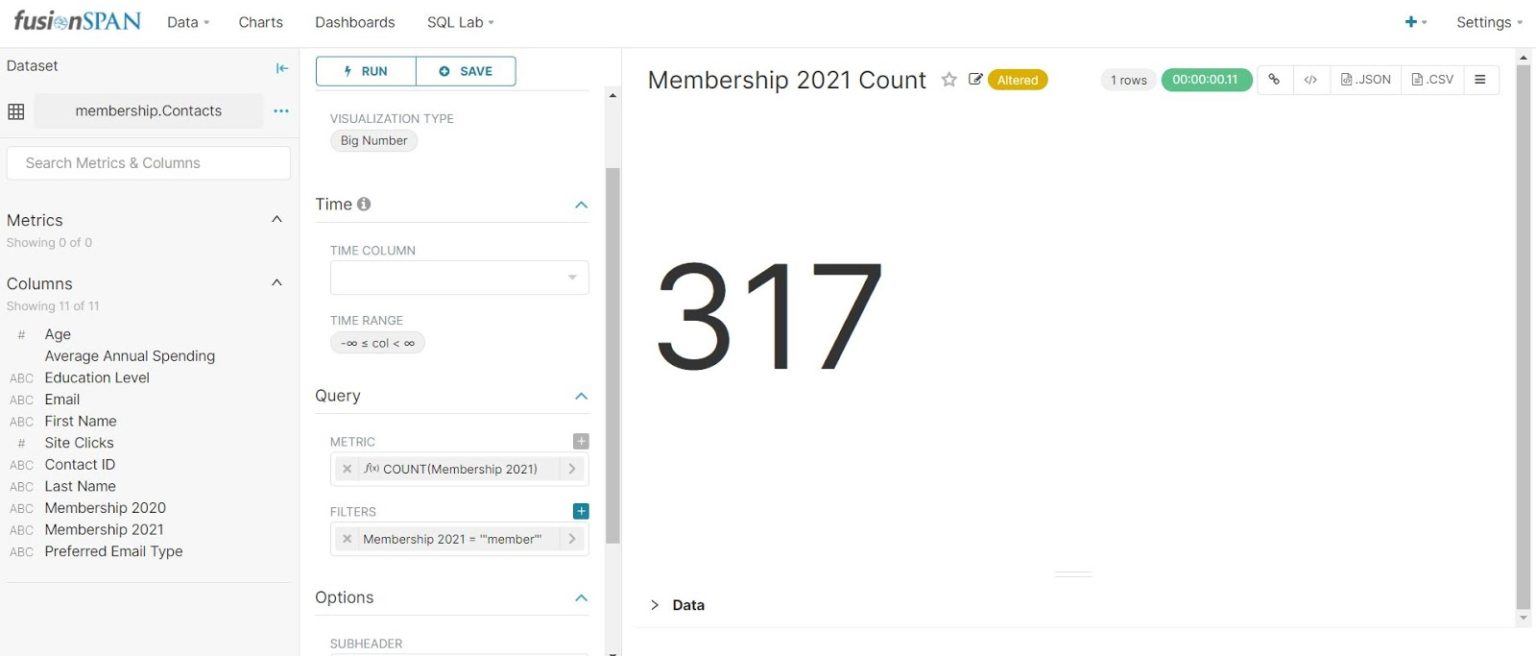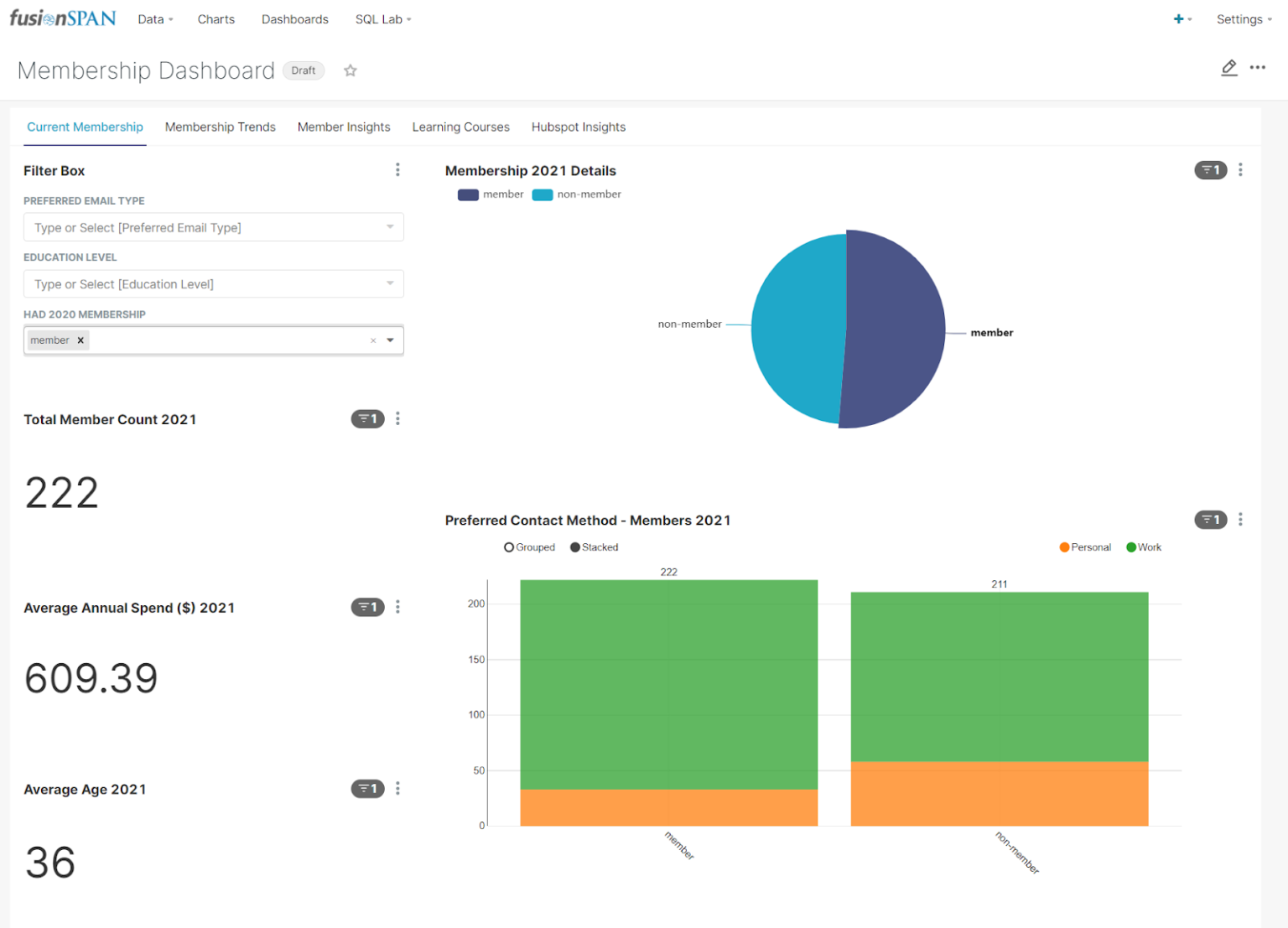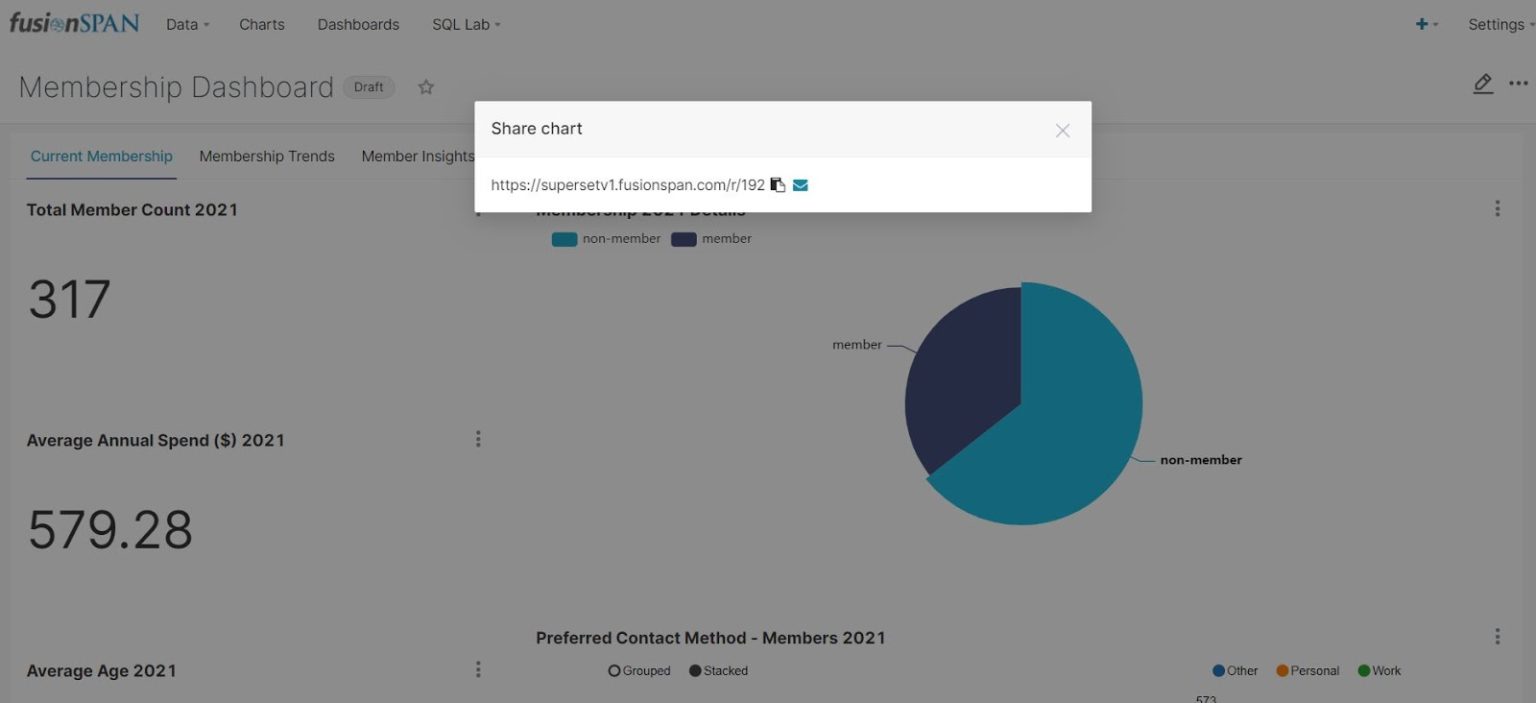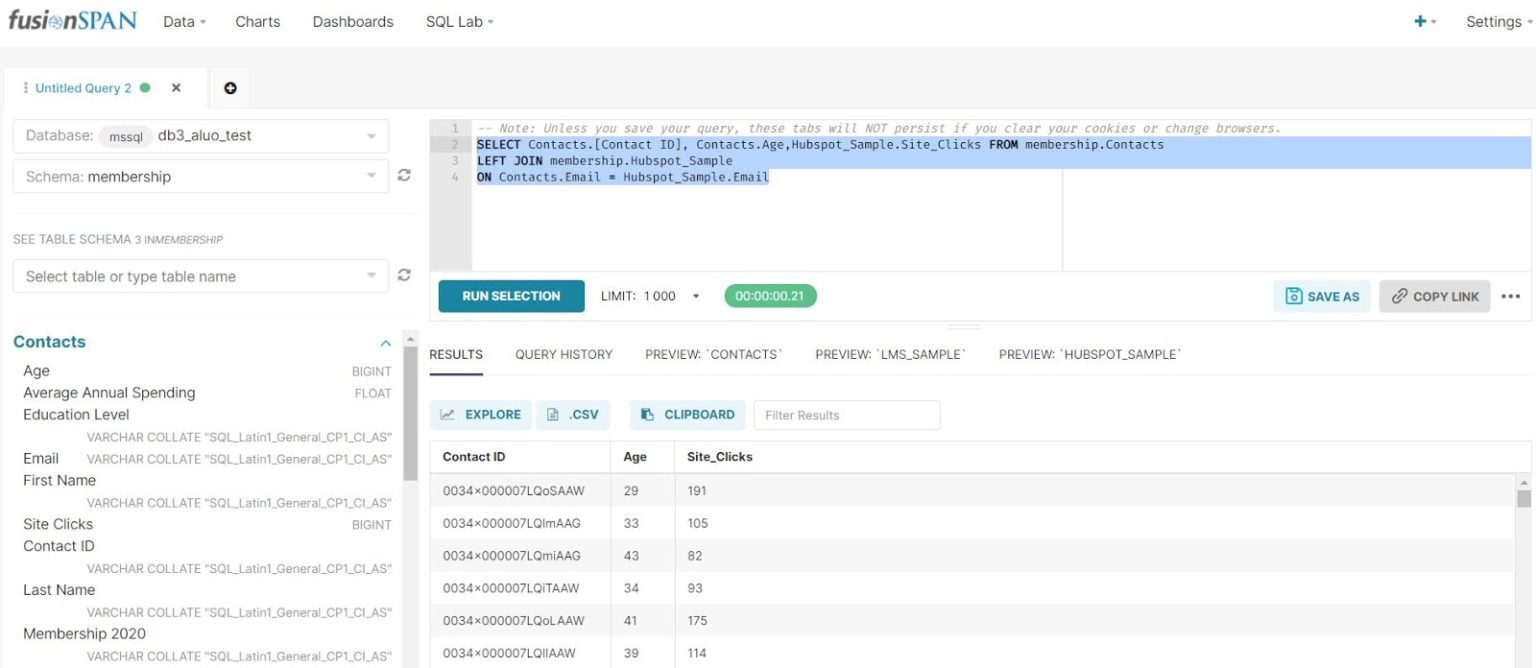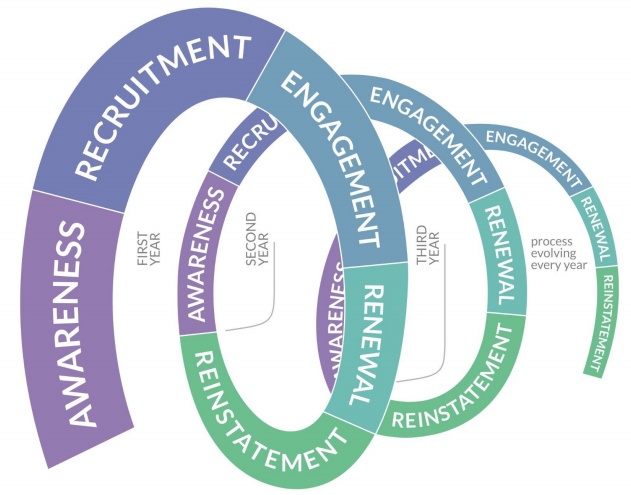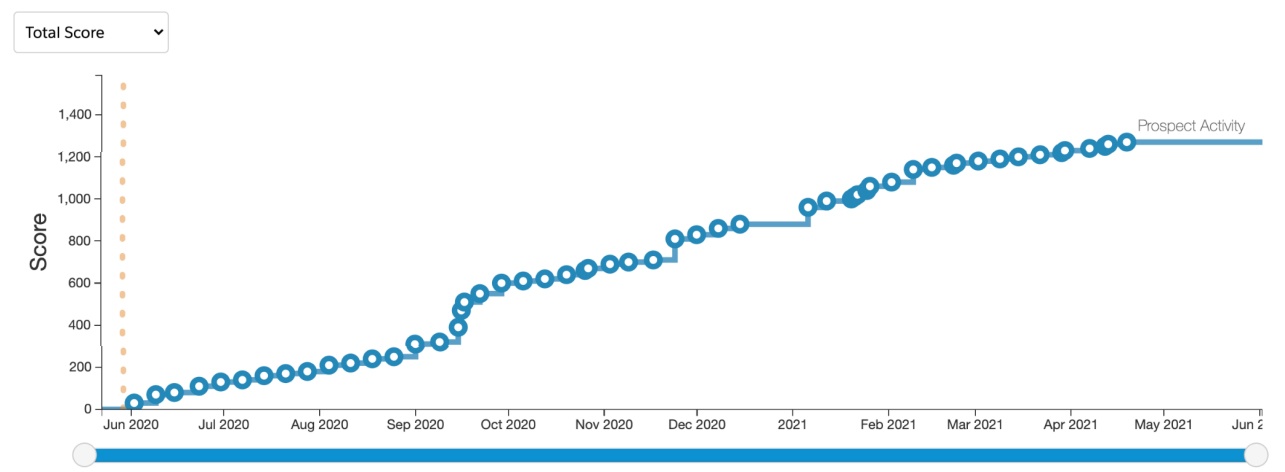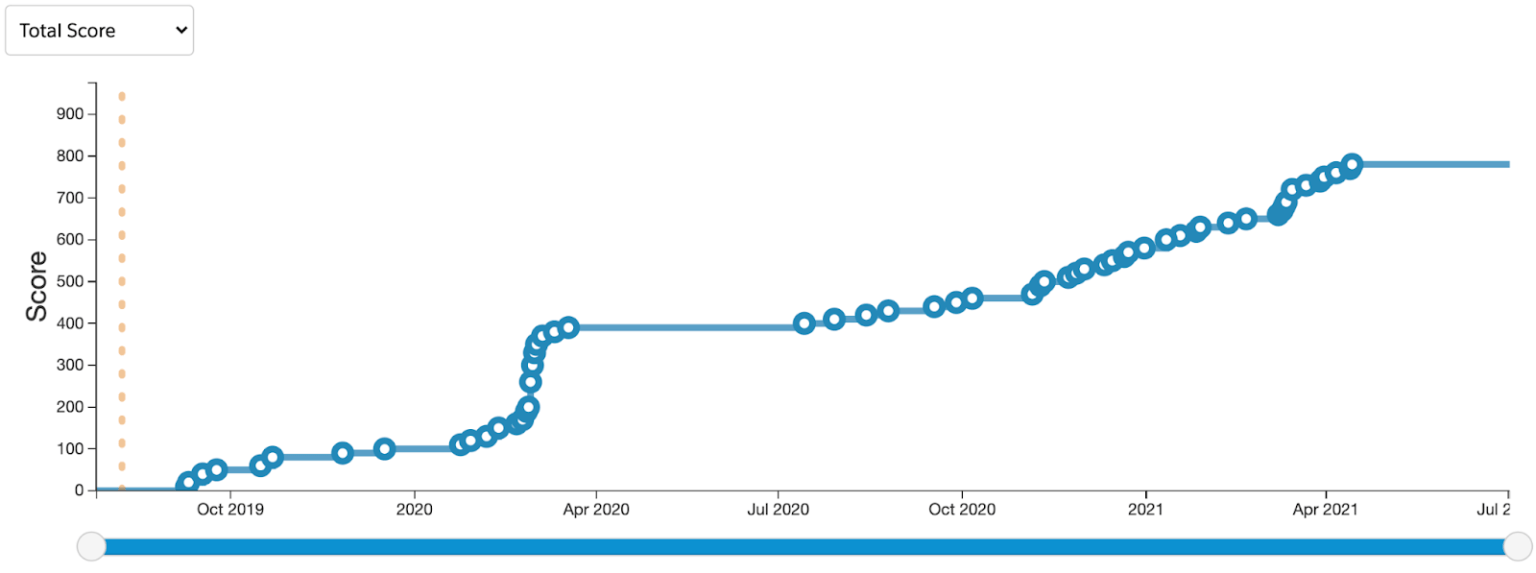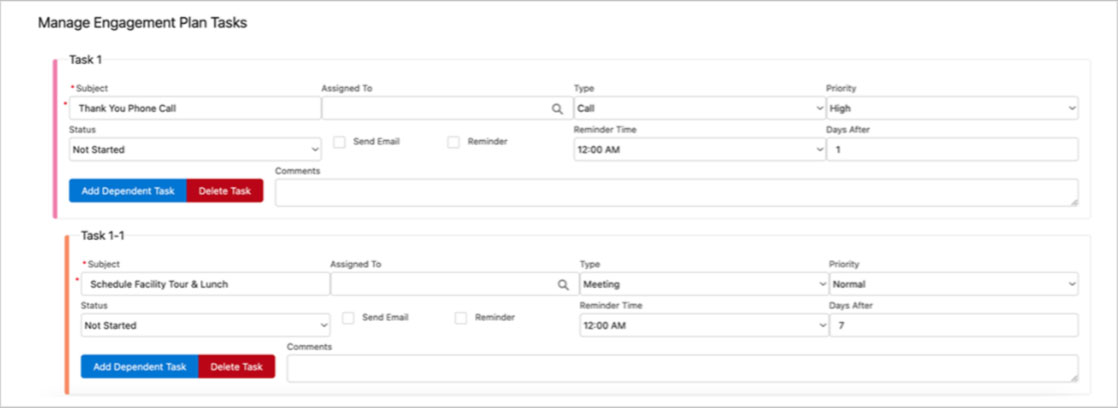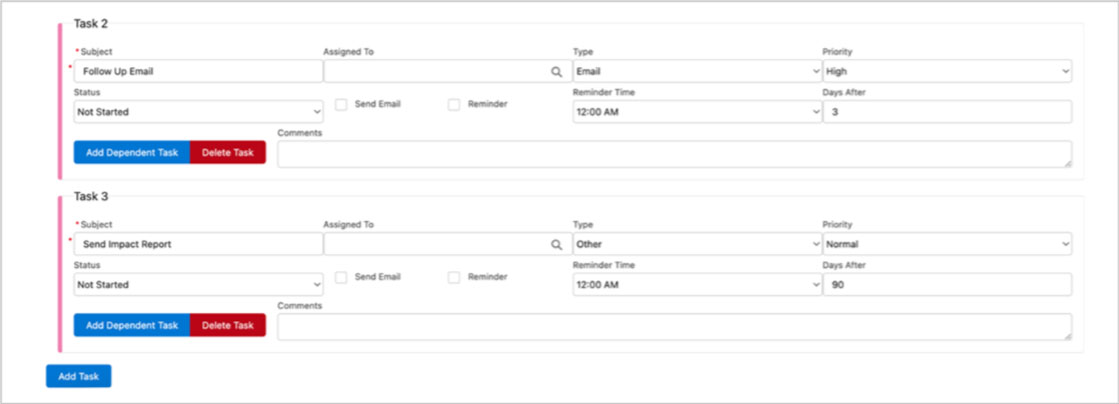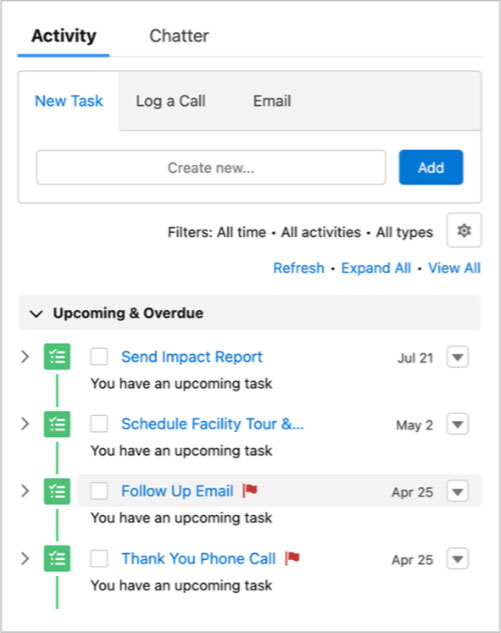 Dear Betty,
Dear Betty,
I’m at my wit’s end! I can’t tell you how often my members tell me they don’t know the dates of our conference, had no idea our Board elections were coming up, didn’t see our call for volunteers, didn’t know that we had a career center, have never heard that we have chapters, and the like. I could swear we’ve mentioned all these things many times. How do we get our members to read the communications we send out? What can we do to improve our communication with them?
– Rachael Hodgen, Membership Support and Technical Assistant, National Association of Consumer Bankruptcy Attorneys
Gentle Reader,
Ah, the traditional lament of the association membership professional: “My members don’t read!” Raise your hand if you’ve heard this.
Now raise your hand if you’ve SAID this. (Everyone’s hands should be up by now.) And we can all also relate to hearing, “I didn’t know you did X! I really need that!” from our members…ALL THE TIME.
OK, so we’ve all been complaining about this for years. Our members have no idea what we offer them and what we’re doing to educate them isn’t working.
What do we do to fix it?
Many organizations, in an attempt to be all things to all people (or due to the temptation of all that tasty, tasty non-dues revenue), have larded up our membership “benefits” with so much tangential ‘stuff’ that our members can’t focus on the stuff that will actually help them fix their professional problems. Not to single out a particular industry, but while royalty revenue from your credit card program is nice, is it worth losing your members’ attention over the things that really matter to them and to you? Oh, and ONE call to action per communication, please. If you ask them to do too many things at once, the Paradox of Choice tells us they’ll likely choose to do nothing.
Inside Voice. How much do your members need to know about the internal workings and arrangement of your association to find stuff? If the answer isn’t “zero,” you need to rethink how you present information. Your members don’t care that the professional liability insurance you offer them lives in your financial services department, which they have to access under Member Services –> Other Services –> Affinity Programs. What does “affinity program” even mean to someone who’s not an association professional?
Spray-n-Pray. Are you targeting the particular needs of particular members, or are you still broadcasting everything to everyone? Holding a workshop on marketing? Why are you sending a thousand “come to our workshop” messages to your member companies, finance directors? They’re tuning you out, and the next time you release an operating ratios report for your industry, they aren’t going to be listening. “But our members don’t share their interests…” “But our AMS makes tracking demographics hard…” “But our bulk mail client doesn’t easily support segmentation…” No buts. Learn what your members are interested in AS INDIVIDUALS, track it, and target them appropriately.
Push versus Pull. As we all know by now, one of the key differences to social media is that it’s a PULL mechanism. That means people become subjects who pull the information they want them on their schedules. Our models are built on treating members as objects who passively receive the information we push out on our schedules. And while virtually all associations are using social media now, we haven’t changed our mindset. We’re still using these platforms as push marketing outlets. Which is, to say the least, missing the point.
So focus on what your members think is important, have one clear call to action, talk to them in their language and only about what they’re interested in, and in the places they want to go, and watch your communications turn into a two-way conversation they actually WANT to participate in!
What about you, Gentle Readers? What other suggestions do you have for Rachael to help her member conversations shine?
The “Dear Betty” column appears twice a month on the Small Staff – Big Impact blog. Have an association membership or marketing question for Betty? E-mail and your question could be featured!

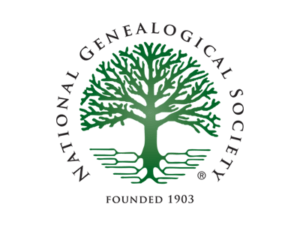 We are a 109-year-old organization and, while our members are not quite THAT old, they are aging and, as a result, our membership growth has stagnated. With the renewed interest in genealogy due to some recent popular television shows, we think we have an opportunity to reach out to a younger, more tech-savvy crowd. How do we get them to visit our website and maybe even join?
We are a 109-year-old organization and, while our members are not quite THAT old, they are aging and, as a result, our membership growth has stagnated. With the renewed interest in genealogy due to some recent popular television shows, we think we have an opportunity to reach out to a younger, more tech-savvy crowd. How do we get them to visit our website and maybe even join?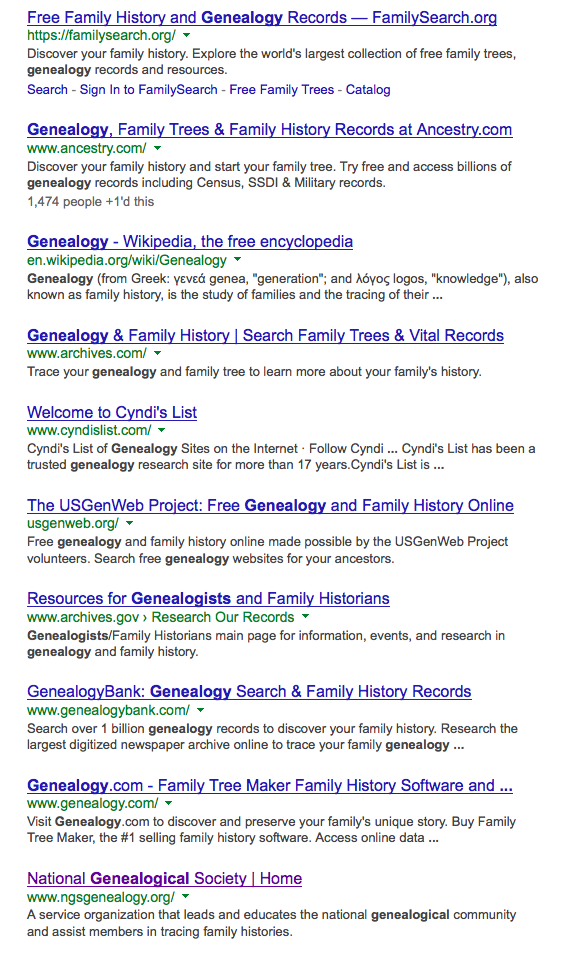






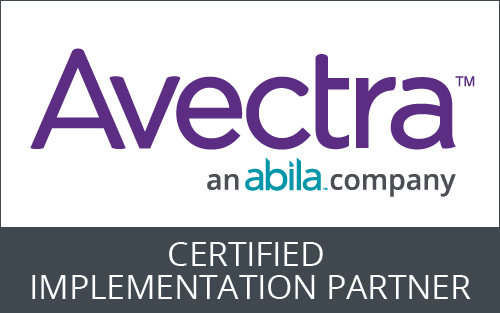
 Dear Betty:
Dear Betty:
 Dear Betty,
Dear Betty, I wanted to bring back a popular topic that all associations, not only small staff ones, face. We originally addressed it
I wanted to bring back a popular topic that all associations, not only small staff ones, face. We originally addressed it  Dear Betty:
Dear Betty:
 Gentle Reader:
Gentle Reader:


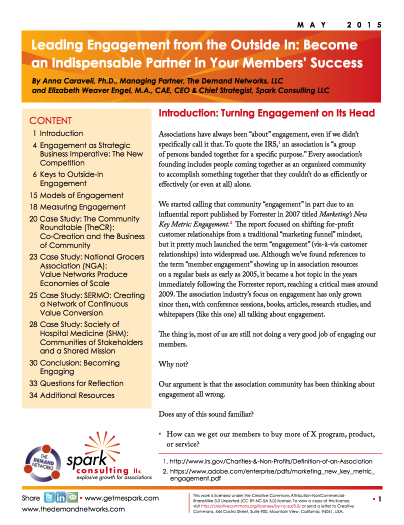 Associations often focus on increasing attendance at their events, people signed up for their listservs, and overall membership numbers – but is that always in the best interest of members? fusionSpan spoke with
Associations often focus on increasing attendance at their events, people signed up for their listservs, and overall membership numbers – but is that always in the best interest of members? fusionSpan spoke with 
